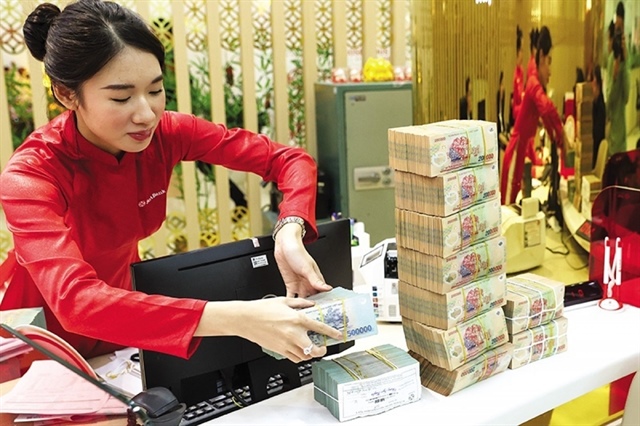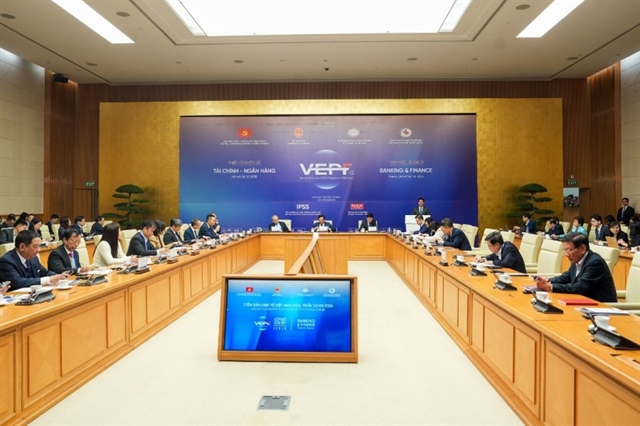Banks’ credit growth is “virtual?”
Banks’ credit growth is “virtual?”
Economists have doubts that the credit growth reported by many commercial banks is just “virtual growth.” In fact, businesses don’t want to borrow money at this moment, while banks keep very cautious in lending--after a lot of their debtors welched on their debts.

T, an officer of a state owned bank’s branch has revealed that the reported credit growth of his bank in the first seven months of the year came from the roll over, which means the bank lent money to existing clients, who then used the new loans to pay for the old debts. As such, the new loans appeared on books, were in fact the old loans which were “renewed.”
However, T said, businesses nowadays even do not want to roll over at all. T said that borrowers would ask for the roll-over if they meet temporary difficulties and they need to see the loans extended to overcome the current difficulties. Meanwhile, a lot of businesses nowadays have been pushed against the wall, and they do not need capital now to maintain production.In agriculture production, for example, fowl and pig breeding has brought heavy losses, since farmers have to sell products to merchants at low prices.
T also said that banks now don’t want to provide new loans to existing debtors so that they can pay old debts. Banks have learned the lesson from the debtors who refused to pay debts, thus becoming more cautious when dealing with clients.
Reports from official sources all say that businesses cannot sell their products due to the low purchasing power. Therefore, banks would rather keep money in their coffers, than allowing clients to roll over; for fear that they would lose the money as well.
“Banks have lost confidence in borrowers. Many of them have flown from creditors, no need to take back the collaterals for the loans,” T said.
However, in many cases, the collaterals’ values are smaller than the values of the loans, which makes credit officers puzzled.
Some businesses were lucky enough to be listed among the borrowers who can negotiate with commercial banks on the debt restructure, following the Decision No. 780 by the State Bank on restructuring debts. Meanwhile, many other businesses, which do not have money to pay due debts to banks, have to borrow money from unofficial sources at exorbitant interest rates to pay back to the banks.
Also according to T, the lenders in the credit black market have also become more cautious, after a lot of borrowers reportedly escaped from their debts.
A report released by the Vietnam Chamber of Commerce and Industry (VCCI) showed that the business performance got worse in the third quarter of 2012.
Though the ceiling lending interest rate has decreased to 15 percent, businesses still find it unaffordable to them. Only 0.6 percent of polled businesses said the interest rate is acceptable.
Only 44 percent of businesses said they could stand the high interest rate for a long time, which means that the other 56 percent would meet big difficulties if having to accept the high interest rates.
Thirty one percent of businesses said the reasonable interest rates should be 10-11 percent, while 31.7 percent think these should be 8-9 percent.
Truong Van Phuoc, General Director of Eximbank, said Eximbank’s credit growth rate had been minus three percent so far, while it had been minus 2.3 percent by the end of August.
Phuoc said that the new loans now bear the low interest rates of 9-10 percent only. Especially, the credit contracts signed before also can enjoy the low interest rates. However, despite the great efforts by banks, businesses still do not want to borrow money, or cannot borrow
vietnamnet

























